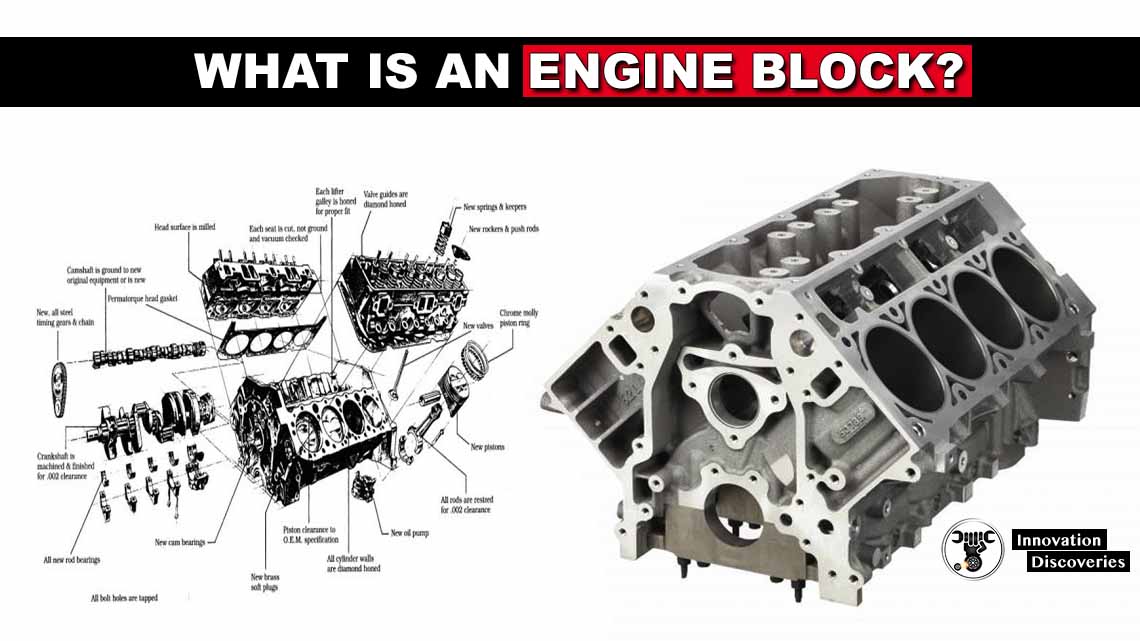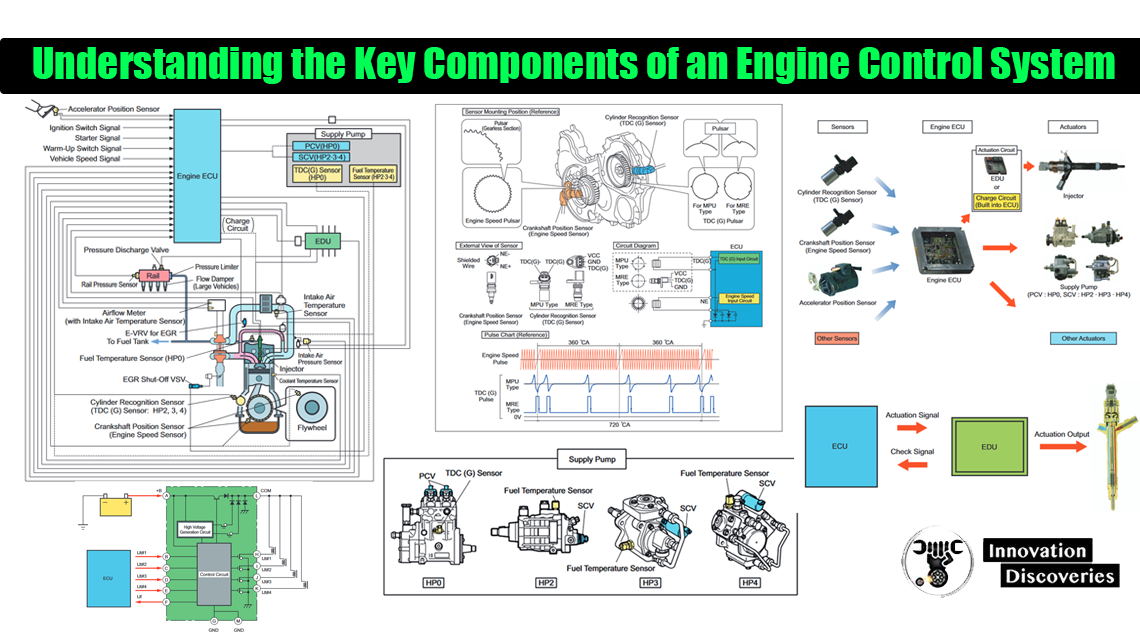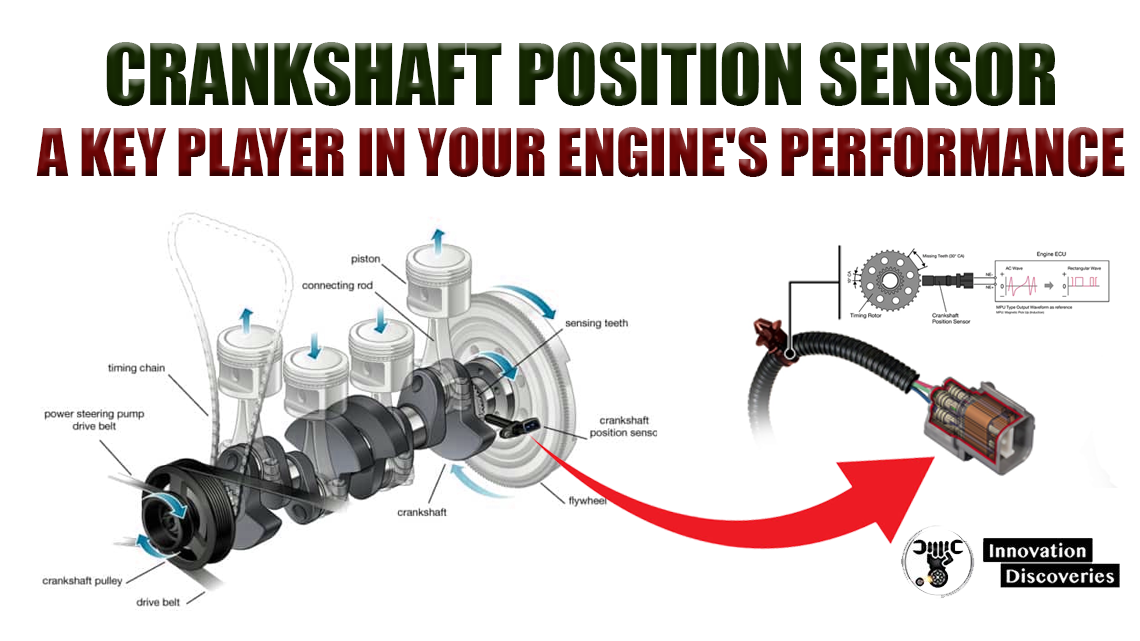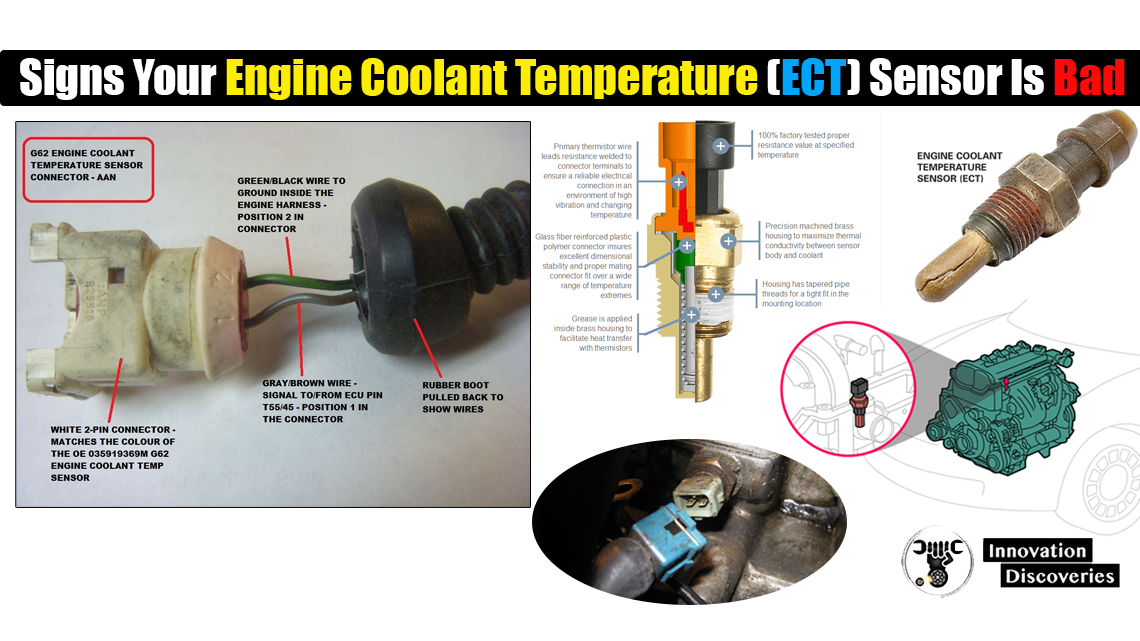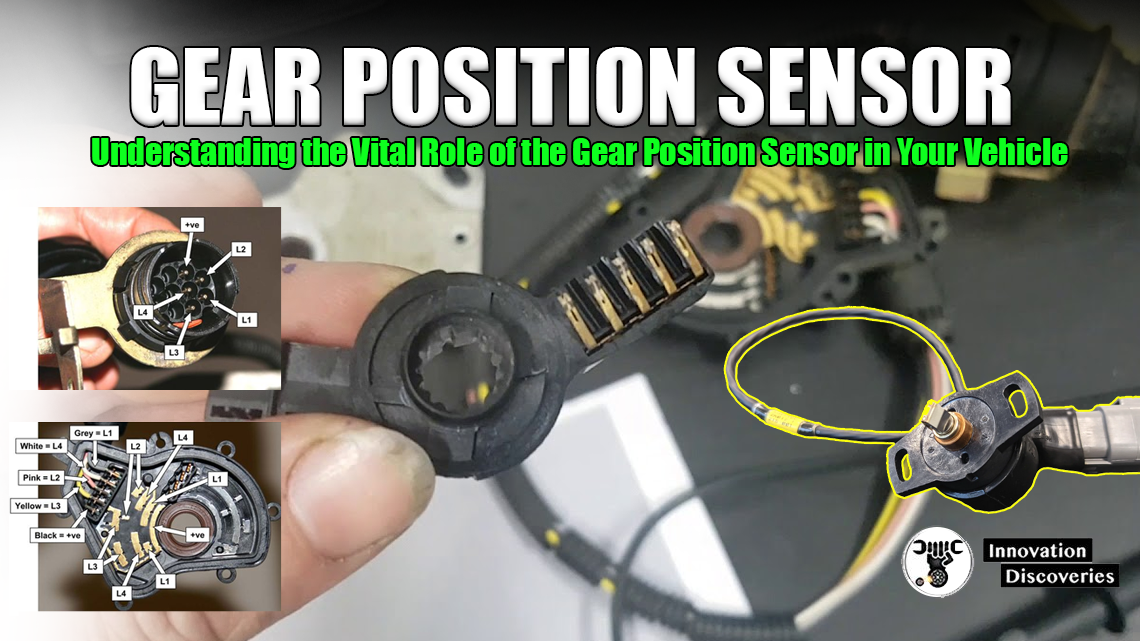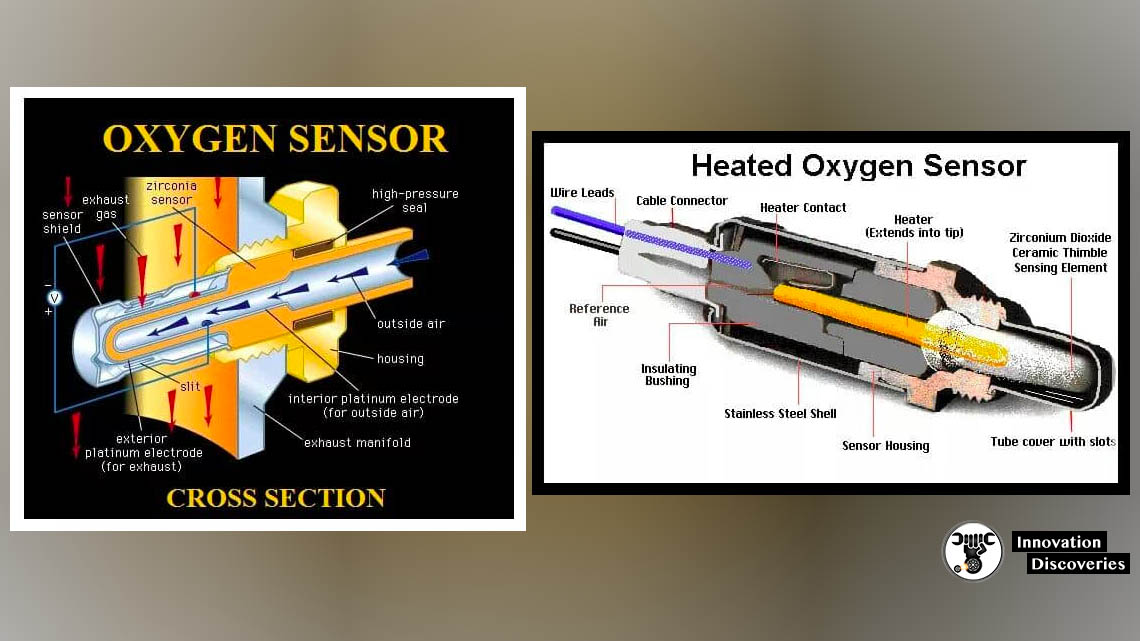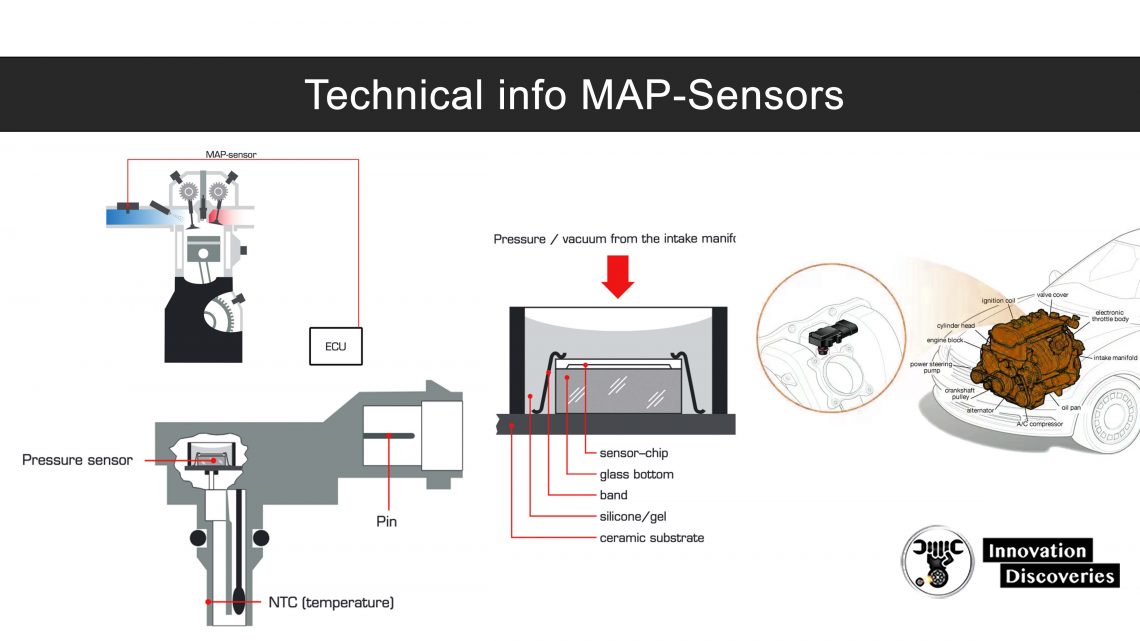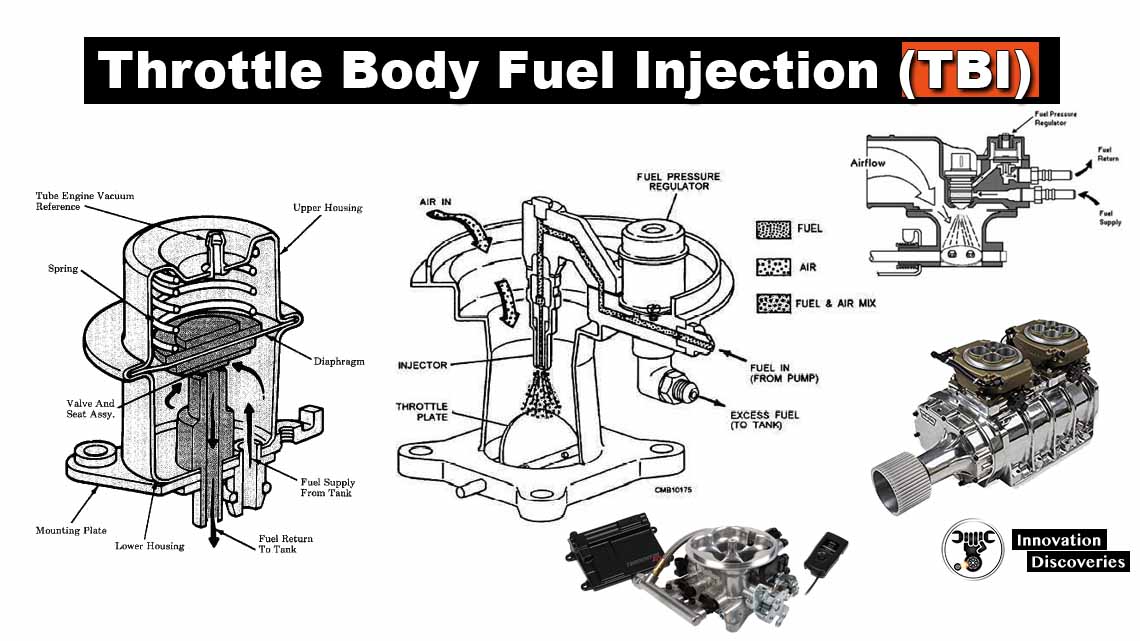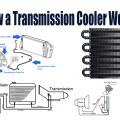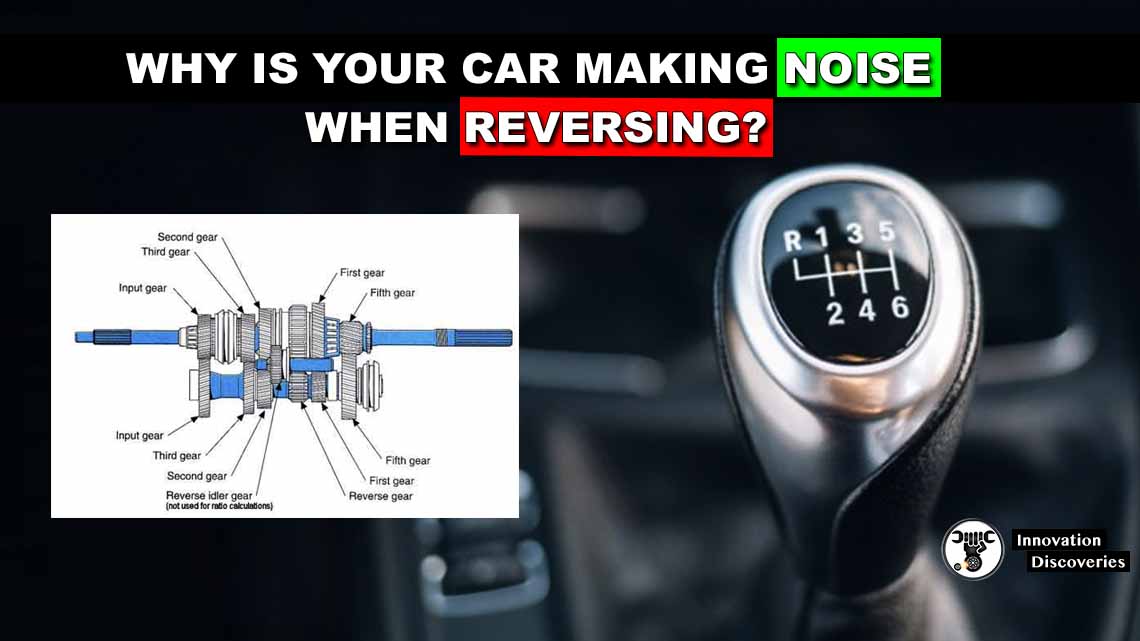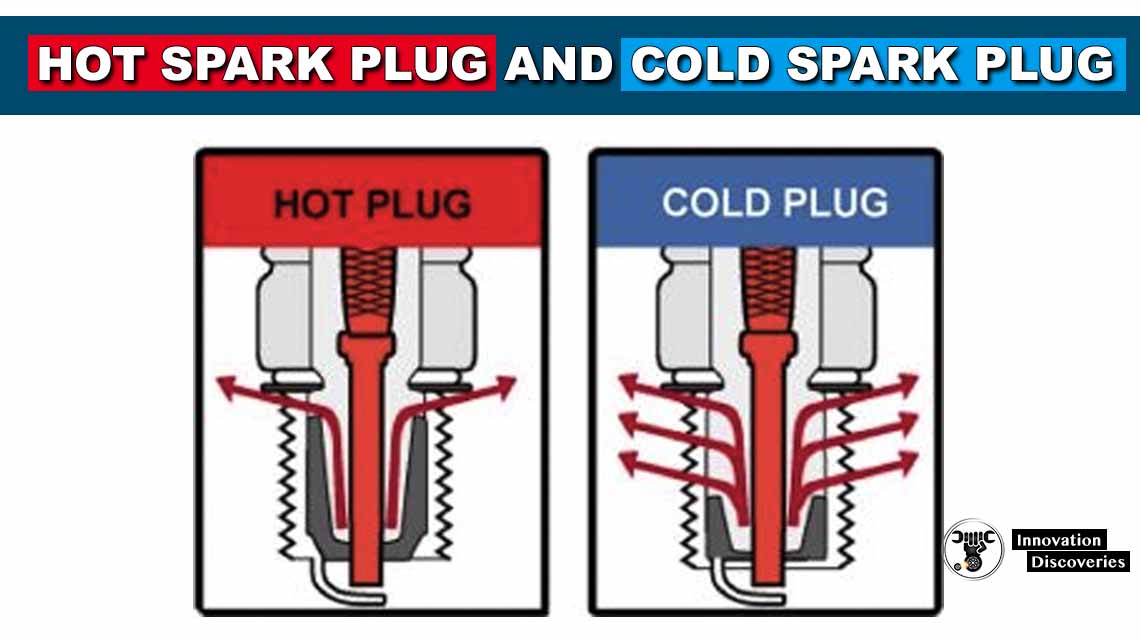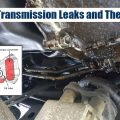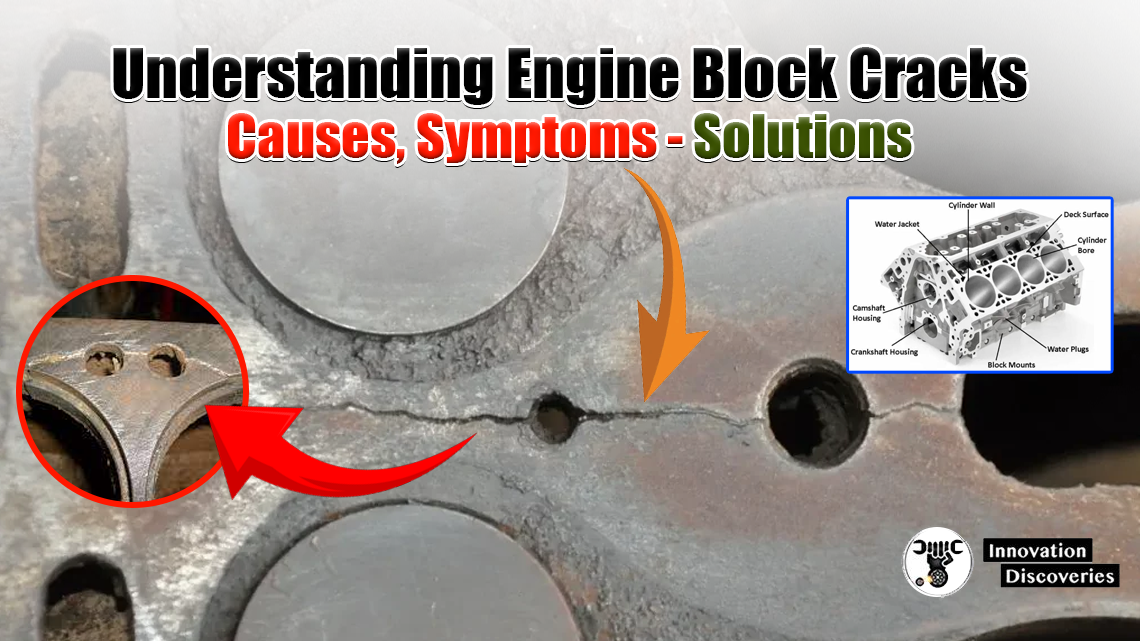
Introduction
An engine block crack is a serious issue that can lead to significant engine damage and costly repairs. Understanding the causes, symptoms, and potential solutions for an engine block crack can help vehicle owners take proactive measures to prevent or address this problem.
In this article, we’ll explore the intricacies of engine block cracks, delving into how they occur, how to identify them, and what steps can be taken to fix or prevent them.
What is an Engine Block?
The engine block, also known as the cylinder block, is the foundation of an internal combustion engine. It houses the cylinders, coolant passages, oil galleries, and various other components essential for engine operation.
Typically made from cast iron or aluminum, the engine block must withstand extreme pressures, temperatures, and mechanical stresses.
Causes of Engine Block Cracks
Engine block cracks can be attributed to various factors, often related to thermal stress, mechanical stress, or manufacturing defects. Below are the detailed causes of engine block cracks:
1. Overheating
Thermal Stress
When an engine overheats, the metal expands beyond its design limits, creating excessive stress that can lead to cracks. Repeated overheating cycles can further weaken the engine block over time.
Cooling System Failure
A malfunctioning cooling system, including components like the radiator, water pump, thermostat, or coolant hoses, can cause the engine to overheat. Insufficient coolant flow or leaks can lead to high temperatures and potential cracking.
2. Freezing
Improper Coolant Mixture
Using water instead of the proper antifreeze mixture can cause the coolant to freeze in cold temperatures. The expansion of freezing coolant can exert immense pressure on the engine block, leading to cracks.
Extreme Cold Weather
Even with the correct antifreeze mixture, extremely cold weather can sometimes overwhelm the cooling system’s ability to protect the engine block, causing the coolant to freeze and expand.
3. Mechanical Stress
Detonation or Pre-Ignition
Abnormal combustion events, such as detonation or pre-ignition, create excessive pressure in the cylinders. This abnormal pressure can cause significant stress on the engine block, leading to cracks.
Excessive Engine Load
Subjecting the engine to higher-than-normal stresses, such as towing heavy loads, aggressive driving, or operating at high RPMs for extended periods, can lead to mechanical stress and potential cracking.
4. Manufacturing Defects
Material Defects
Flaws in the casting process can leave the engine block with weak points that are more prone to cracking. Inclusions, voids, or uneven material distribution during manufacturing can create vulnerabilities.
Design Flaws
Some engine designs may have inherent weaknesses that make them more susceptible to cracking. Poor design or insufficient testing during the development phase can lead to areas of the engine block that are more likely to crack under stress.
5. Age and Wear
Fatigue
Over time, the constant heating and cooling cycles can cause metal fatigue. This repeated thermal cycling can weaken the engine block’s structure, making it more susceptible to cracking.
Corrosion
Rust and corrosion can weaken the engine block, particularly if the vehicle is exposed to harsh environmental conditions or if the coolant system is not properly maintained. Corrosion can create thin spots and weakened areas in the metal, increasing the risk of cracking.
Symptoms of a Cracked Engine Block
Identifying a cracked engine block early can prevent further damage and costly repairs. Here are the common symptoms that indicate a potential engine block crack:
1. Overheating
Persistent Overheating
If your engine consistently runs hotter than normal, despite having a properly functioning cooling system, it could be a sign of a cracked engine block. The crack can cause coolant loss or improper coolant circulation, leading to overheating.
2. Coolant Leaks
Visible Coolant Leaks
One of the most noticeable symptoms is coolant leaking from the engine block. You may see coolant pooling underneath the vehicle or notice wet spots on the engine block itself.
Unexplained Coolant Loss
If you find yourself frequently topping off the coolant without any visible leaks, it might indicate a crack in the engine block where coolant is escaping internally or evaporating due to engine heat.
3. Oil Contamination
Milky or Frothy Oil
When coolant mixes with engine oil due to a crack, it can cause the oil to appear milky or frothy. This contamination reduces the oil’s effectiveness in lubricating and cooling the engine, leading to further damage.
Loss of Oil Pressure
Contaminated oil can also lead to a drop in oil pressure. Low oil pressure warnings or oil pressure gauge readings that are lower than normal can be indicative of a cracked engine block.
4. Exhaust Smoke
White Smoke from the Exhaust
White smoke from the exhaust often indicates that coolant is entering the combustion chamber due to a crack in the engine block. This is a serious issue that needs immediate attention to prevent engine damage.
5. Poor Engine Performance
Misfires and Rough Running
A cracked engine block can lead to misfires, rough idling, or poor engine performance. This is due to coolant or oil entering the combustion chamber, which disrupts the combustion process.
Difficulty Starting the Engine
Cracks can cause a loss of compression or coolant entering the cylinders, making it difficult to start the engine. If your engine is hard to start, especially when cold, a crack might be the culprit.
6. Coolant and Oil Mixing
Oil in Coolant
Just as coolant can enter the oil system, oil can also enter the coolant system. If you notice an oily residue in the coolant reservoir or radiator, it could be a sign of a cracked engine block.
7. Bubbling in the Radiator or Coolant Reservoir
Coolant Bubbles
Bubbles in the coolant reservoir or radiator indicate that exhaust gases are entering the cooling system, which can be a sign of a crack in the engine block or a blown head gasket.
Diagnosing a Cracked Engine Block
Proper diagnosis of a cracked engine block requires a combination of visual inspections and advanced testing methods. Here are the common steps and techniques used by professional mechanics to diagnose a cracked engine block:
1. Visual Inspection
Inspect for Visible Cracks
Look for any visible cracks on the engine block. Cracks may appear as thin lines or splits in the metal. Check areas near freeze plugs, cylinder heads, and the block’s outer surface.
Check for Coolant or Oil Leaks
Inspect for any signs of coolant or oil leaks around the engine block. Leaks may indicate a crack where fluids are escaping.
2. Pressure Testing
Cooling System Pressure Test
A pressure test can help identify leaks in the cooling system. By pressurizing the cooling system, you can check for drops in pressure that might indicate a leak due to a crack.
3. Dye Penetrant Inspection
Dye Penetrant Test
This non-destructive testing method involves applying a special dye to the engine block surface. The dye penetrates any cracks, making them visible under UV light. This technique is effective for detecting surface cracks.
4. Ultrasonic Testing
Ultrasonic Inspection
Ultrasonic testing uses high-frequency sound waves to detect internal cracks within the engine block. This method can identify both surface and subsurface cracks, providing a comprehensive diagnosis.
5. Magnetic Particle Inspection (MPI)
Magnetic Particle Test
MPI is another non-destructive testing method. It involves applying a magnetic field to the engine block and then adding iron particles. Cracks disrupt the magnetic field, causing the particles to cluster around the crack, making it visible.
6. Compression Test
Cylinder Compression Test
A compression test measures the pressure in each cylinder. Low compression in one or more cylinders can indicate a crack allowing air, coolant, or oil to leak into the combustion chamber.
Repairing a Cracked Engine Block
Repairing a cracked engine block depends on the severity and location of the crack. Here are the common repair methods:
1. Welding
Metal Stitching
Metal stitching involves drilling holes along the crack and inserting metal pins or “stitches” to hold the crack together. This method is suitable for non-structural cracks and provides a durable repair.
Cold Welding
Cold welding uses special adhesives and techniques to bond the cracked metal without applying heat. It’s effective for small cracks and non-critical areas.
2. Chemical Sealants or Epoxy
Epoxy Sealants
Epoxy or chemical sealants can be applied to small cracks to seal them and prevent leaks. This method is a temporary fix and may not be suitable for larger or structural cracks.
3. Engine Block Replacement
Replacing the Engine Block
In severe cases where the crack is extensive or in a critical area, replacing the entire engine block may be the best solution. This involves removing the old block and installing a new or remanufactured one.
Preventing Engine Block Cracks
Prevention is key to avoiding the costly and damaging effects of a cracked engine block. Here are some preventive measures:
1. Regular Maintenance
Routine Inspections
Regularly inspect the engine and cooling system for any signs of wear, leaks, or damage. Address any issues promptly to prevent further damage.
Oil and Coolant Changes
Perform regular oil and coolant changes according to the manufacturer’s recommendations. Clean fluids help maintain proper lubrication and cooling.
2. Use Proper Coolant
Correct Antifreeze Mixture
Use the appropriate antifreeze mixture for your vehicle and climate. The right mixture prevents freezing in cold weather and overheating in hot weather.
3. Avoid Overloading the Engine
Adhere to Vehicle Limits
Do not exceed the vehicle’s towing capacity or engage in aggressive driving that puts excessive stress on the engine.
4. Monitor Engine Temperature
Pay Attention to Temperature Gauges
Keep an eye on the engine temperature gauge. If the engine begins to overheat, address the issue immediately to prevent damage.
5. Winterize Your Vehicle
Protect Against Cold Weather
In cold climates, take extra precautions such as using engine block heaters or parking in a garage to protect the engine from freezing temperatures.
Conclusion
A cracked engine block is a serious issue that requires immediate attention. By understanding the causes, recognizing the symptoms, and taking preventive measures, vehicle owners can minimize the risk of engine block cracks and ensure the longevity of their engines.
If you suspect a crack in your engine block, consult with a professional mechanic to diagnose and address the problem effectively.
Discover More:
ECU CHIP TUNE | IGNITION TIMING | INCREASE HORSEPOWER
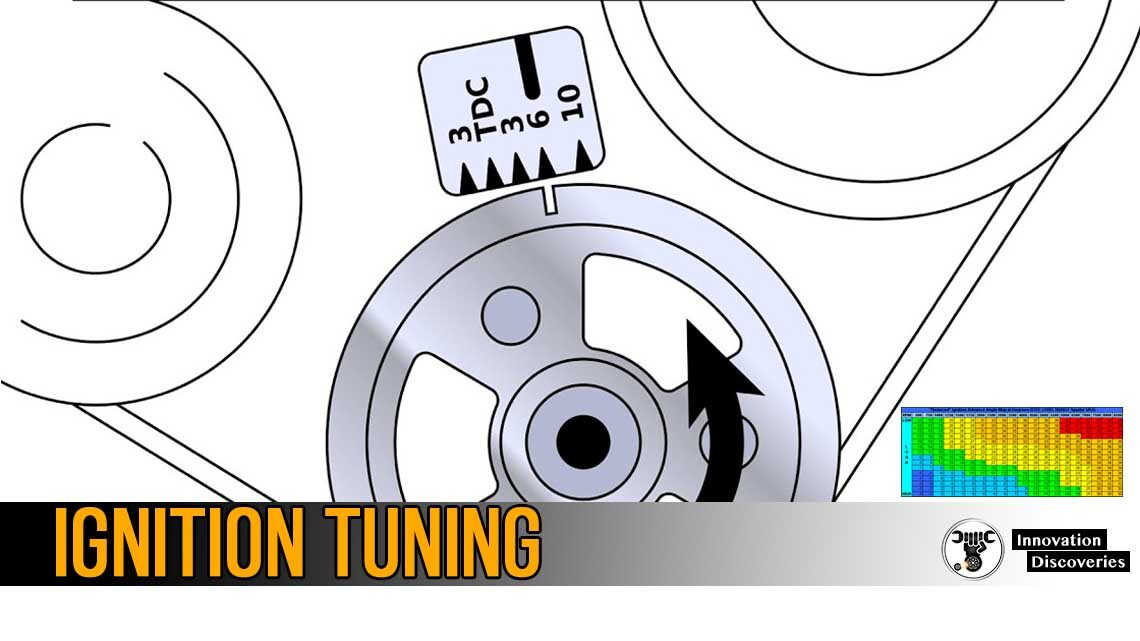
VEHICLE SENSORS: FUNCTIONS AND TYPES
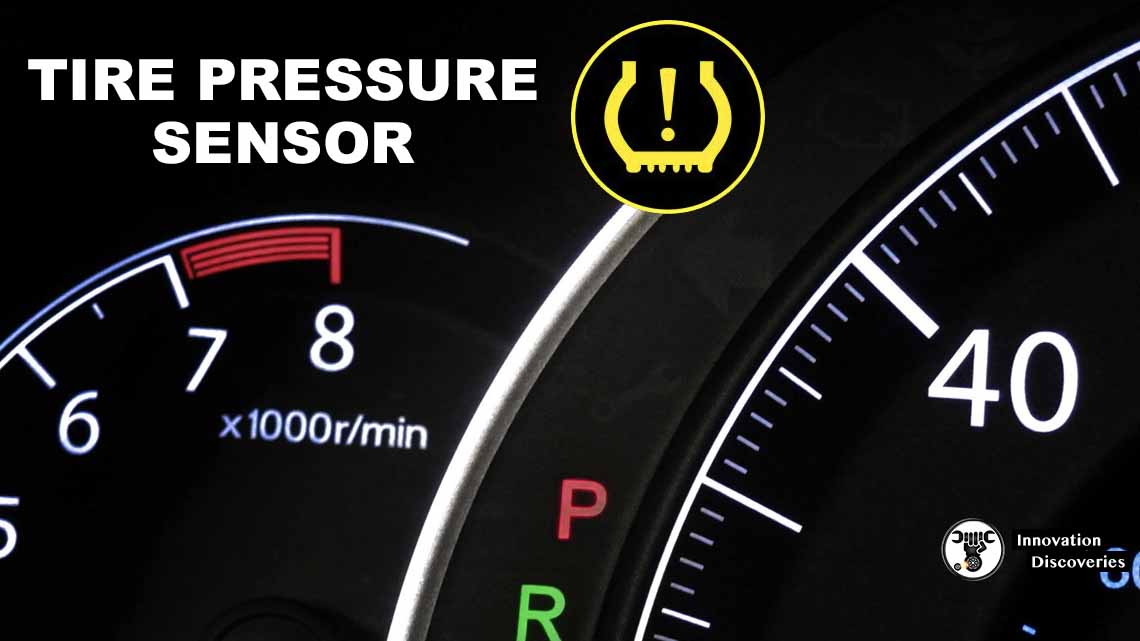
Visit Forum
Visit Our Friendly Website


